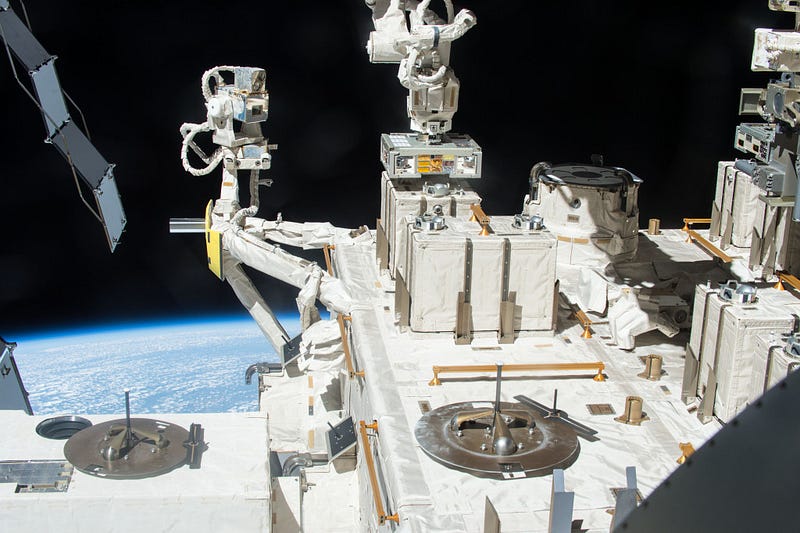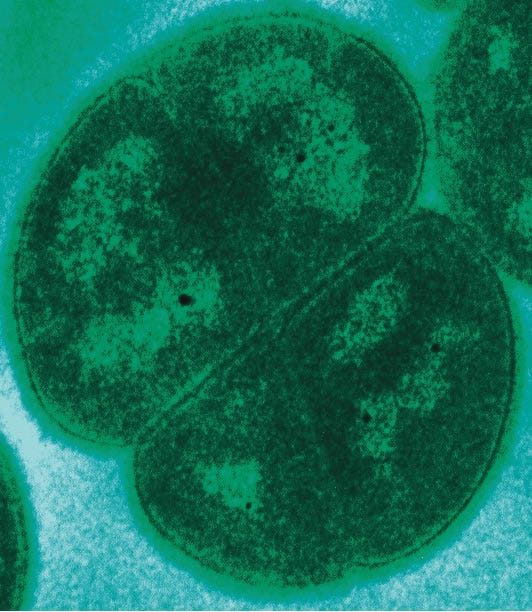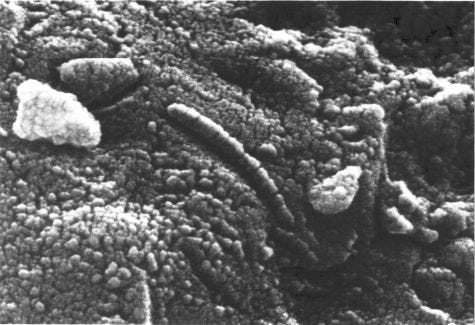The Viability of Panspermia: Bacteria's Journey Through Space
Written on
Understanding Panspermia
Panspermia, the theory that life on Earth originated from organisms arriving from outer space, gains credibility with recent findings showing bacteria can endure three years in the harsh environment of space by clustering together for protection. The term "panspermia" translates to "seeds everywhere," suggesting that life on our planet may have been introduced by extraterrestrial microbes. This controversial hypothesis recently received backing from a study conducted in Japan.
The research utilized the International Space Station to investigate how certain microbes can withstand the extreme conditions of outer space.

The bacteria exposure experiment was conducted from 2015 to 2018 using the Exposed Facility on the exterior of Kibo, the Japanese Experimental Module aboard the International Space Station. Image credit: JAXA/NASA. Dr. Akihiko Yamagishi from Tokyo University of Pharmacy and Life Sciences states, “The origin of life on Earth remains humanity's greatest mystery. Opinions vary widely among scientists; some believe life is extremely rare, while others argue it can arise on any suitable planet. Should panspermia be a reality, then life could be far more prevalent in the universe than we previously assumed.”
These Bacteria Are Remarkable
In 2018, Dr. Yamagishi and his team retrieved Deinococcal bacteria from an altitude of 12 km (7.5 miles) above the Earth's surface. These microorganisms can aggregate into balls up to one millimeter (1/25 inch) in diameter, providing them with a shield against harmful UV radiation. This resilience raised the possibility that these hardy bacteria could endure the challenges of space travel.

In 2015, NASA astronaut Scott Kelly placed pellets of Deinococcus, stored in aluminum wells, on exposure panels outside the International Space Station. The microbes were subjected to the harshness of space for one, two, and three years before being returned to Earth for analysis. Upon rehydration, researchers found that the thinnest bacterial layers were completely destroyed by exposure, their genetic material rendered unviable by ultraviolet rays. Thicker samples exhibited substantial damage due to water loss and UV exposure, but those over half a millimeter thick showed about four percent survival. The outer layers' demise provided a shield for the inner bacteria.
“The experiment demonstrated the significance of cell aggregation for survival in extreme conditions. We analyzed samples exposed to space from one to three years, allowing us to predict the longevity of D. radiodurans,” researchers noted in their publication in Frontiers in Microbiology. They estimated that pellets thicker than half a millimeter could survive on the ISS for 15 to 45 years, suggesting that a colony of this size could endure the journey from Mars to Earth.
I Want to ROCK (or Not)
One variant of the panspermia hypothesis, known as lithopanspermia, posits that microbes may survive within asteroids, shielded from radiation. A pivotal inquiry in panspermia is how life, once developed on one planet, could migrate to another. Meteorite impacts might occasionally eject life-bearing rocks into space. Earth has received material from other celestial bodies, including Mars.

In 1996, global media reported a potential sign of ancient Martian life discovered in the Allan Hills 84001 meteorite, which had landed on Earth after a 17-million-year journey from Mars. This evidence was later deemed inconclusive. However, the current study indicates that microorganisms could survive in space without rock shielding by clustering together. This concept, termed massapanspermia, offers an explanation for how life could endure in the cosmos.
Life exhibits remarkable resilience, thriving in even the most extreme environments on Earth. Recent research suggests that radiation may even play a role in sustaining life processes, potentially increasing the likelihood of life existing beneath the surface of Mars and other celestial bodies. This research might also provide fresh insights into the origins of life on our own planet.
James Maynard is the founder and publisher of The Cosmic Companion. He is a New England native now residing in Tucson with his wife, Nicole, and their cat, Max.
Did you enjoy this article? Join us at The Cosmic Companion Network for our podcast, weekly video series, informative newsletter, and news briefings on Amazon Alexa!